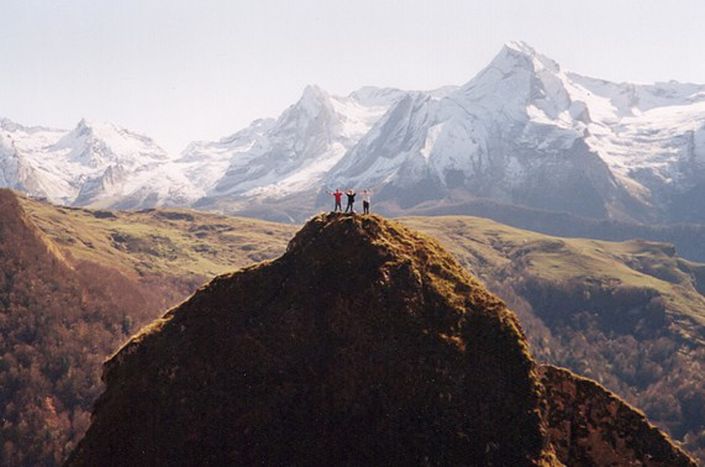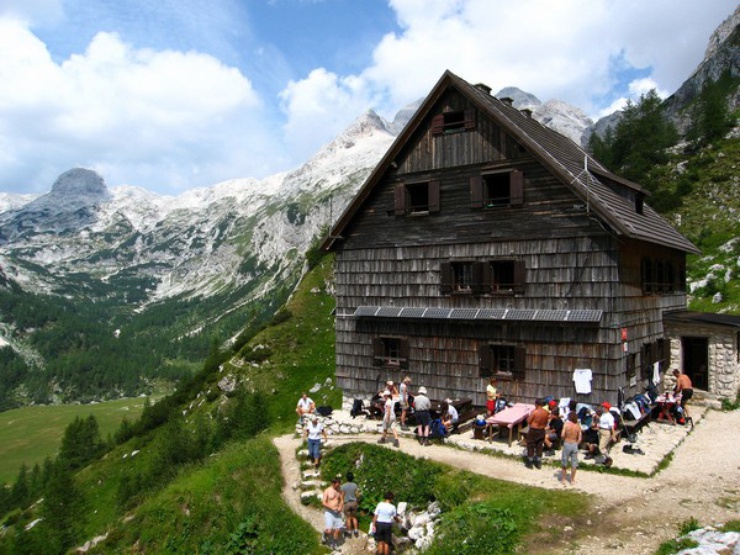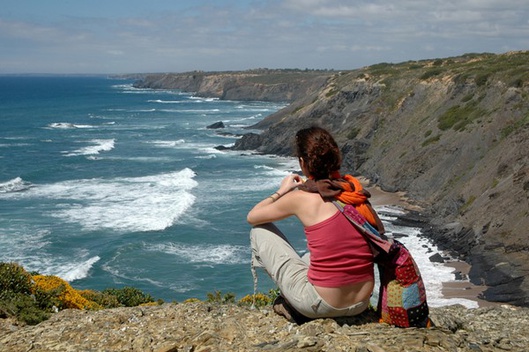
100 years of Europe's nature parks
Published on
Translation by:
Astrid vWIn 2009 the first nature parks protected by the European Union will be 100 years old. Cafebabel has spoken with six people linked to these spaces in different European countries. Conservation or development? The debate lives on
In 1909, Sweden announced nine national parks, the first protected spaces in Europe. Since then the amount of protected land in Europe has grown to more than 26,000 spaces in the 27 member countries, covering more than 860,000 square kilometres. This is the equivalent to 20% of the EU’s territory. Together they make up the Natura 2000 network; the largest network of protected areas in the world.
In search of balance
The first protected areas were created with a conservationist slant. This is the case for Sarek national park in Sweden - one of those declared in 1909 – where visits are limited and there is no accommodation for visitors. Nonetheless, Angel Fernandez, Director of the Garajonay National Park on La Gomera in the Canary Islands (Spain), explains that, since the 1980s, the approach has changed, meaning that conservation and socioeconomic development has become compatible. He tells us that the primary reason for declaring the area a national park was to preserve the unique ecosystem of the Laurisilva of the Canaries, without overlooking the social and economic aims.

For Juan Jose Carmona, technician for the ecologist organisation WWF in the Doñana national park (Spain), this necessary differentiation of uses is sometimes misinterpreted as a limitation. For example, 'It never occurs to anybody to build their house in the middle of a village green because it’s a space reserved for public use, well it’s the same with protected spaces[...] There are areas where almost any type of activity can happen, and others that are destined solely for conservation.'
Spain: the most protected
Within the EU, Spain has the largest protected surface area; 142,500 square kilometres, which is 26.4% of its total territory. Spain’s parks received more than 21 million visitors in 2008. This year, the autonomous Spanish body for national parks published a survey which showed that these natural spaces were highly valued. More than 86% of those surveyed were happy to live in a nature park and more than 75% considered the contribution to the local socioeconomic development to be positive. This is greatly due to the hard work in boosting and opening to the public carried out by the offices that manage them.
Tina Markun, Public Relations officer for the Triglav National Park in Slovenia, highlights the successful cooperation of the Park offices with local communities. Their work is very diverse; they support local artists, promote their products, offer popular and educational courses and, most importantly, create 'opportunities for visitors to enjoy the park.'
Tourism: opportunity or a strain?
 Eco-friendly farmer and chestnut industry worker in the Sierra de Aracena y Picos de Aroche nature park in Spain, Basilio Rodriquez is of the opinion that tourism has been over-promoted in protected spaces. Although at the same time, the bureaucracy has not stopped growing for farmers and cattle breeders who 'are the real conservationists of the park.'
Eco-friendly farmer and chestnut industry worker in the Sierra de Aracena y Picos de Aroche nature park in Spain, Basilio Rodriquez is of the opinion that tourism has been over-promoted in protected spaces. Although at the same time, the bureaucracy has not stopped growing for farmers and cattle breeders who 'are the real conservationists of the park.'
Declaring an area ‘protected’, when it has the potential for huge amounts of tourism, is a controversial decision. This is what has happened in the South Western Alentejano y Costa Vicentina nature park, which has 130 kilometres of protected coastline and some of the best beaches in the world. Nonetheless, Sandra Moutinhos, press officer for the Portuguese Institute of Nature Conservation and Biodiversity, says that the south western Portuguese coast has come into its own. Today it is a destination for natural tourism (not seasonal), and is associated with culinary offerings from the ocean and the land, as well as encouraging the development of quality services.
Eco-conscious
Visiting protected areas is an enriching experience. It gives us a perspective on the impact we have on them. The Swedish journalist, Sara Jeswani, who works for Effekt, the country’s first magazine on climate change, ends her blog with the words: 'often the belief is that there shouldn’t be anybody moving through the most fragile natural areas. But, in the long term, I think it’s vital that people visit the forests, lakes and parks. Not just for our own wellbeing, but also because it’s a very direct way of becoming aware of the things that must be looked after and protected.'
Translated from Un siglo de parques naturales: ¿Protección contra desarrollo?



